What are PRoW and who can use them?
What are public rights of way?
Public rights of way are paths along which the public have a right to travel. Some are only available to walking; some allow for other modes of travel (see below). They are available for use 24/7 unless formally closed. They are part of a wider family of 'public highways' such as roads and pavements. They differ to 'private rights of way', which are attached to properties or individuals. Use of public rights of way comes with responsibilities.
Each Right of Way has a written statement describing its route and is shown on a map, known as the Definitive Map. If a path is shown on the Definitive Map it is legal proof of the public's right to use it. However, if a path is not shown on the Definitive Map this is not conclusive proof that no public rights exist over it.
Who can use public rights of way?
A legal right to use does not mean that all paths are accessible to all with a right to.
The character and location, sloped ground or remote location, may limit accessibility for some.
Sunderland City Council is working to improve accessibility across the city.
| Rights on: | Foot* | Horse | Bicycle | Horse and cart | Mechanically propelled vehicle (e.g. motorbike, scooter or car) |
| Public footpath | Yes | No | No | No | No (criminal offence) |
| Public bridleway | Yes | Yes | Yes | No | No (criminal offence) |
| Restricted byway | Yes | Yes | Yes | Yes | No (criminal offence) |
| Byway open to all traffic (non in Sunderland) | Yes | Yes | Yes | Yes | Yes |
* A right on foot includes a right with push chair or wheel chair unless with lawful private right or easement, permission or statutory prerogative




